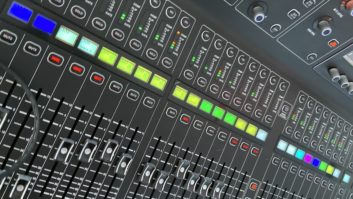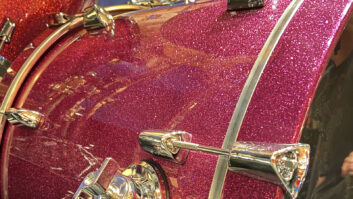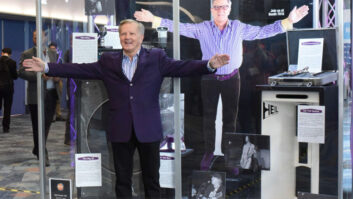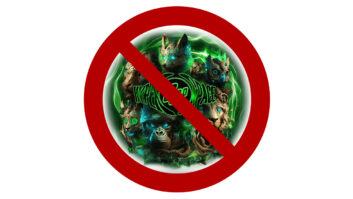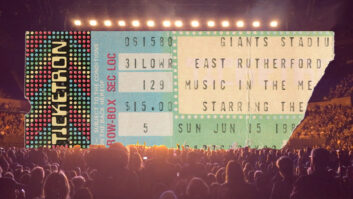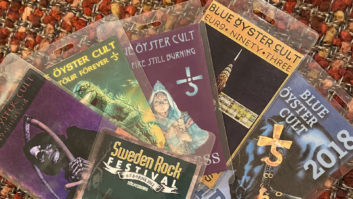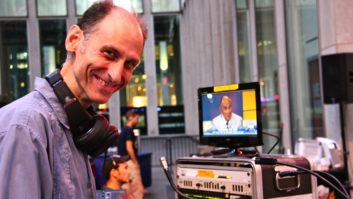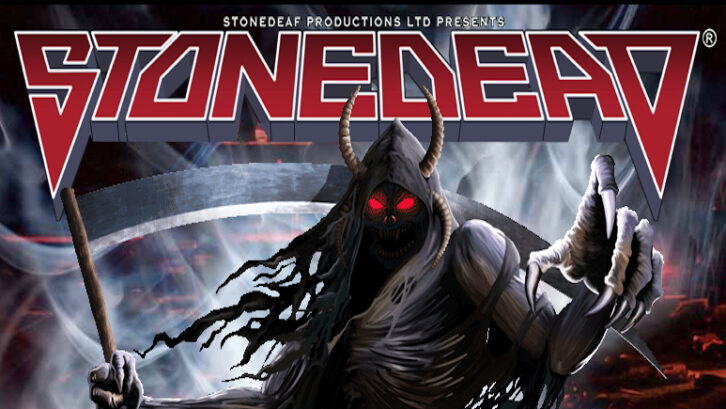
Last week, I mixed a show at the Stonedead Festival on the Newark Showground near Nottingham, England. As is often the case with outdoor festivals, part of my audio advance is finding out if there is a sound level limit.
According to the Stonedead Festival rider, “There is a strict onsite SPL limit enforced by the local authorities of 105 (DBA) LEQ15, and a C-weighted limit of 130 (DBC), measured at the FOH position.” I like it when stuff like this is spelled out explicitly.
Wait a minute—130 dBC at front-of-house? Are they out of their minds?
That kind of SPL clearly falls into the category of TFL (figure it out), and there’s no way I’d ever mix that loud—even though it’s nice to know that the headroom is there if you need it for those Godzilla footsteps.
The SPL restrictions at Stonedead are far less stringent than those at Sweden Rock, which we played this past June. In Sweden, festival sound level limits are governed by the Swedish Health and Safety Council, which sets a maximum SPL for open air events: 100 dBA average level measured over a 60-minute period (LA-Eq 1H) at a point where the audience is closest to the P.A. system, or 115 dBA peak level measured at a point where the audience is closest to P.A. system.
Mix Live Blog: Music for Maui
Having mixed shows at Sweden Rock in the past, I’m familiar with the large video screen posted above-head near the front-of-house mixing position that displays LEQ as well as peak and short-term average levels. I recall one year in particular when I accidentally hit the intro music too hard, resulting in the screen giving me the red death flash indicating that I was over the limit—but only for a moment before I lunged at the fader and ducked it down to a more civilized level. The systems tech laughed, knowing that I’d be okay over the long term (LEQ), even with occasional loud peaks.
Sweden takes these SPL precautions very seriously, warning that a 50,000 SEK (around $5000) fine will be given to the artist each time the limit is exceeded. Furthermore, the Sweden Rock production rider stipulates, “If sound quality does not meet up to festival standard, we reserve the right to place our own sound technician in charge of sound quality.” That’s intense. Note to engineers: Don’t have a bad night at Sweden Rock or you’ll be replaced!
What’s interesting is that some of the European nations impose sound level limits as a matter of health safety, whereas here in the States, the picture is quite different. We don’t have a national health safety standard for SPL limits at concerts, though we do have OSHA standards for legal limits on noise exposure in the workplace. According to these guidelines, exposure to sound levels at, for example, 105 dBA should not exceed one hour, with reduced exposure as SPL increases (see below). These standards are not, however, applied to concerts and festivals.
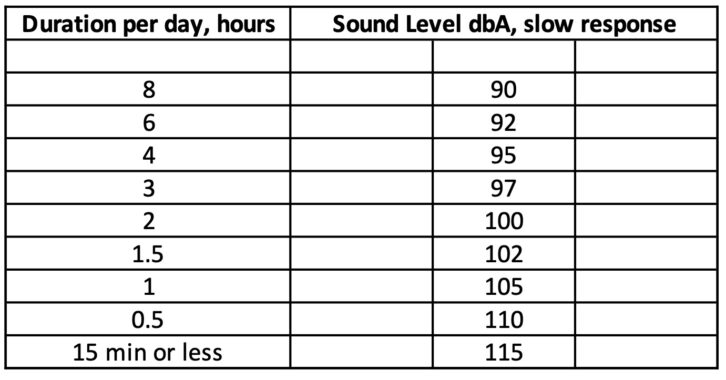
What we see more often in the U.S. is an SPL limitation designed to make sure that the show doesn’t piss off the neighbors, such as the “100 dBA at FOH” sanction at the Santa Cruz Beach Boardwalk, or the speed limit at the Pacific Amphitheater in Costa Mesa, Calif. (it’s been a while since I mixed there, so I’m not sure if the latter is still in effect). Such guidelines for public hearing safety could go a long way in ensuring that Stonedead doesn’t become Stonedeaf.
